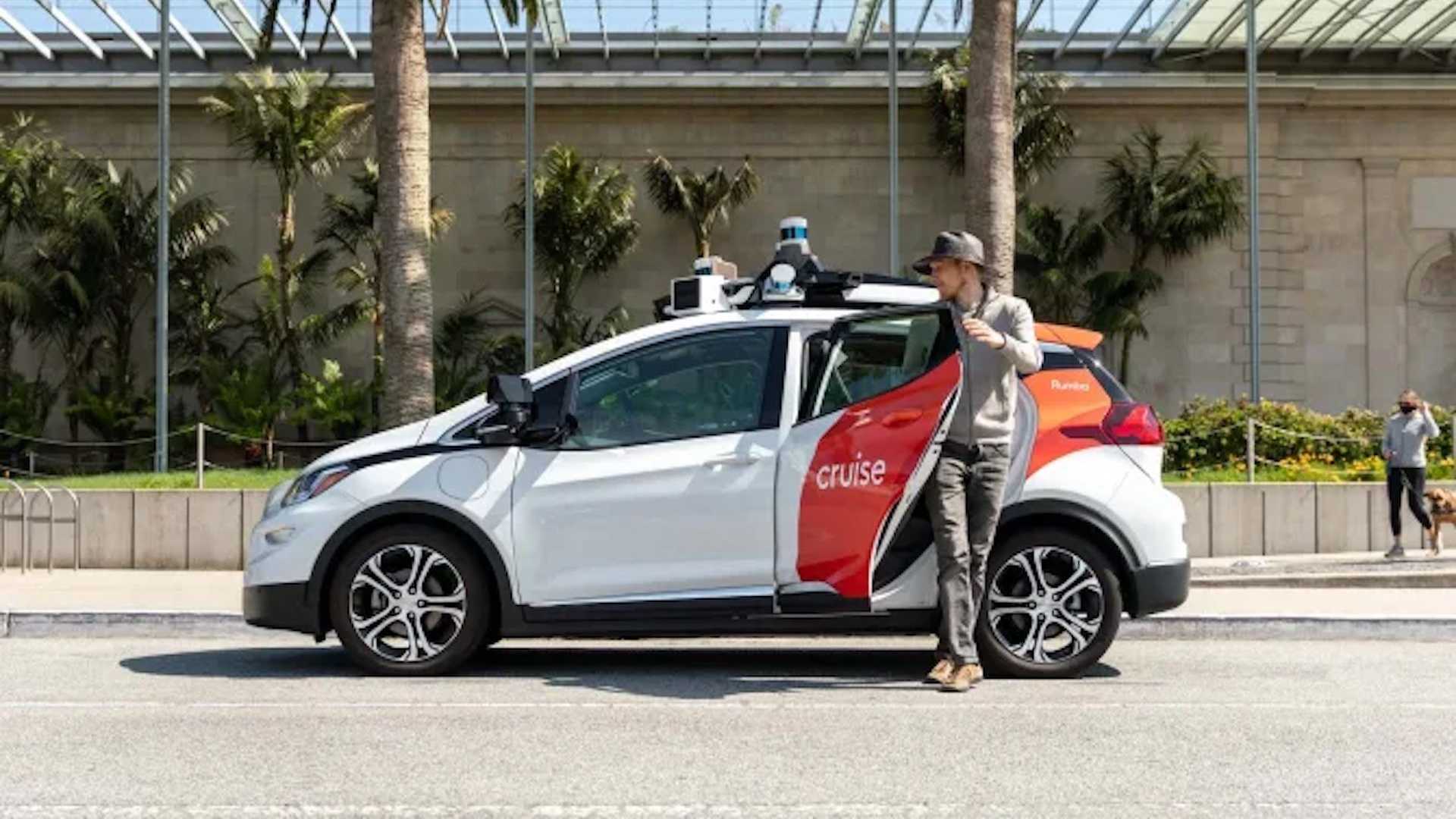
Cruise, which is General Motors’ autonomous taxi division, has recalled 300 of its self-driving Chevrolet Bolts for a fix that caused an embarrassing accident last month in San Francisco.
Around three weeks ago, a driverless Bolt rear-ended a San Francisco Muni bus, which resulted in some light damage for the Chevy and little to no damage for the much bigger municipal bus.
Back then, Cruise responded simply by saying that there was nobody inside the robotaxi and that no injuries were reported, adding that the bruised hatchback was removed from the scene.
Fast forward to the beginning of April, and the National Highway Traffic Safety Administration (NHTSA) posted a recall report that is directly related to last month’s accident in San Francisco.
According to the federal agency’s description of the defect that led to the recall, the Cruise Automated Driving Systems (ADS) can sometimes inaccurately predict the movement of articulated vehicles:
In certain rare circumstances, the Cruise ADS operating with the Subject ADS Software could inaccurately predict the movement of “articulated” vehicles. This issue could occur when (a) the ADS perceived both the front section and rear section of an articulated vehicle initially; (b) the articulated vehicle then maneuvered in such a manner that the rear section of the vehicle fully obstructed the front section of the vehicle; and (c) the articulated vehicle then decelerated close to the AV within a few seconds of the front section becoming obstructed. In such a circumstance, the ADS could inaccurately determine that the obstructed front section of the vehicle was continuing to move forward, and that the rear section of the vehicle would continue to move forward with the front section, even if the vehicle was decelerating.
The report adds details about how the March accident happened in San Francisco:
This issue resulted in a single collision on March 23, 2023, in which a Cruise AV inaccurately predicted the movement of an articulated San Francisco Municipal Transit Authority (“MUNI”) bus. In this incident, the ADS initially perceived both sections of the bus as the bus was pulling out of a bus stop in front of the AV. As the bus proceeded forward into the AV’s lane of travel, the rear section of the bus obstructed the front section. Shortly thereafter, the bus began decelerating. The ADS inaccurately determined that the bus was continuing to move forward in traffic based on the anticipated behavior of the front section of the bus, which was by then obstructed, and the ADS commanded the AV to begin decelerating too late to avoid a rear-end collision with the bus.
The NHTSA says that on March 25, Cruise released a new software update for all the affected vehicles, which solved the problem.
This is a rather peculiar recall, partly because nobody can actually buy a Cruise vehicle (all of them are operated by the GM subsidiary), but hopefully from now on there will be fewer incidents involving Cruise robotaxis.
As always, we’d like to know what you think about this, so head over to the comments section below and give us your thoughts.







